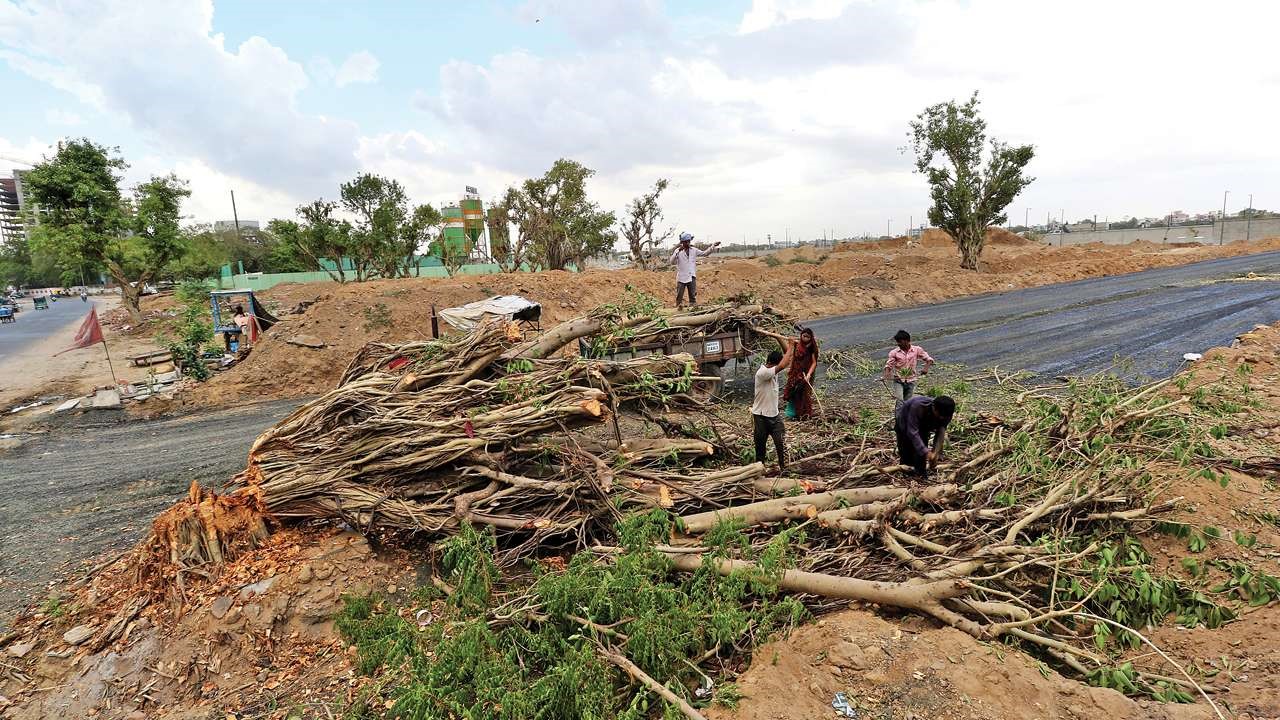Description

Disclaimer: Copyright infringement not intended.
Context
- State of India’s Environment 2023 released by CSE and DTE includes detailed data on various parameters for the year 2021-22 and 2020-21.
- It ranks 29 states of India by analysing 32 indicators under parameters like environment, agriculture, public health and infrastructure.
- It provides information on state of climate and extreme weather, health, food and nutrition, migration and displacement, agriculture, energy, waste, water and biodiversity.
- For states not having data in certain indicators lowest score was assigned for that indicator.
Findings of the report
- No states perform well across all four parameters related to sustainable development.
- In comparison to big states, small states like Goa and Sikkim was performing well in this ranking.
.jpeg)
Public health
- Delhi leads particularly in operationalization of health and wellness centres. It is followed by Sikkim, Goa and Mizoram.
- It became possible for Delhi due to the implementation of scheme called mohalla clinics, without central assistance.
- Area to focus – improving immunisation rate
- Madhya Pradesh, is at bottom of the ranking owing to High incidence of maternal mortality ratio (MMR) and infant mortality rate (IMR)
|
IMR and MMR
IMR - The infant mortality rate (IMR) is the number of infant deaths for every 1,000 live births.
As per the Sample Registration System (SRS) Bulletin of Registrar General of India (RGI), the Infant Mortality Rate (IMR) has reduced from 37 per 1000 live births in 2015 to 30 per 1,000 live births in 2019 at National Level.
MMR - Maternal Mortality Ratio (MMR) is the number of maternal deaths during a given time period per 100,000 live births during the same time period.
India has successfully achieved the major milestone of bringing down its MMR to 97/lakh live births in 2018-20.
|
Public infrastructure and human development
- Gujarat secures top position, it performed well in providing employment and tap water connections.
- Areas which need work - improving sex ratio and promotion to cleaner fuel
- Jharkhand is at bottom preceded by Nagaland, Rajasthan and Arunachal Pradesh
Agriculture
- Madhya Pradesh is at top due to highest share of net value added and bumper production of food grains.
- Improvement area – insurance of remaining 50% of crop area.
- Andhra Pradesh, Chhattisgarh and Uttar Pradesh remains on 2nd, 3rd and 4th position respectively.
- Bottom states are Delhi, Goa and Meghalaya.
- Frequent extreme weather events like heatwaves, hailstorms damaged 1.96 million hectares of crop area.
Overall environmental performance
- Telangana tops due to increase its forest cover and in progress in municipal waste treatment.
- Area of improvement - share of waterbodies not in use, stage of groundwater extraction and number of polluted river stretches.
- It is followed by Gujarat, Goa and Maharashtra while Rajasthan is at bottom.
- Most of the North east states in bottom raise concern.
Other Key findings
Plastic Pollution
- It highlights the stark realities of plastic pollution in India
- SUP CPCB, a mobile application to complain about use and sale of illegal plastic developed by Central Pollution Control Board, has a dismal redressal rate. Hence complaint declined.
Municipal solid waste
- In 2020-21, everyday 32% of 160,000 tonnes of municipal solid waste generate in India was remained unaccounted and burnt illegally ended up choking drains.
- However waste treatment and monitoring facilities have improved.
Life Expectancy
- On an average it was shortened by four years and 11 months on account of air pollution. It affected rural areas more where average life expectancy cut short by five years and two months. While in Urban areas it cut short by four years and five months.
- There was a loss of more than 3000 lives due to frequent extreme events.
Migration and displacement
- In India extreme weather events experienced on 314 of the 365 days.
- All 2.51 million new displacements were due to the climate-induced disasters.
|
PRACTICE QUESTION
In context of State of India’s Environment 2023 report, published by CSE and DTE, examine the areas of improvement pointed by it. Also suggest what could be done to improve the situation? (250 words)
|

Sources: https://pib.gov.in/FeaturesDeatils.aspx?NoteId=151238&ModuleId%20=%202












